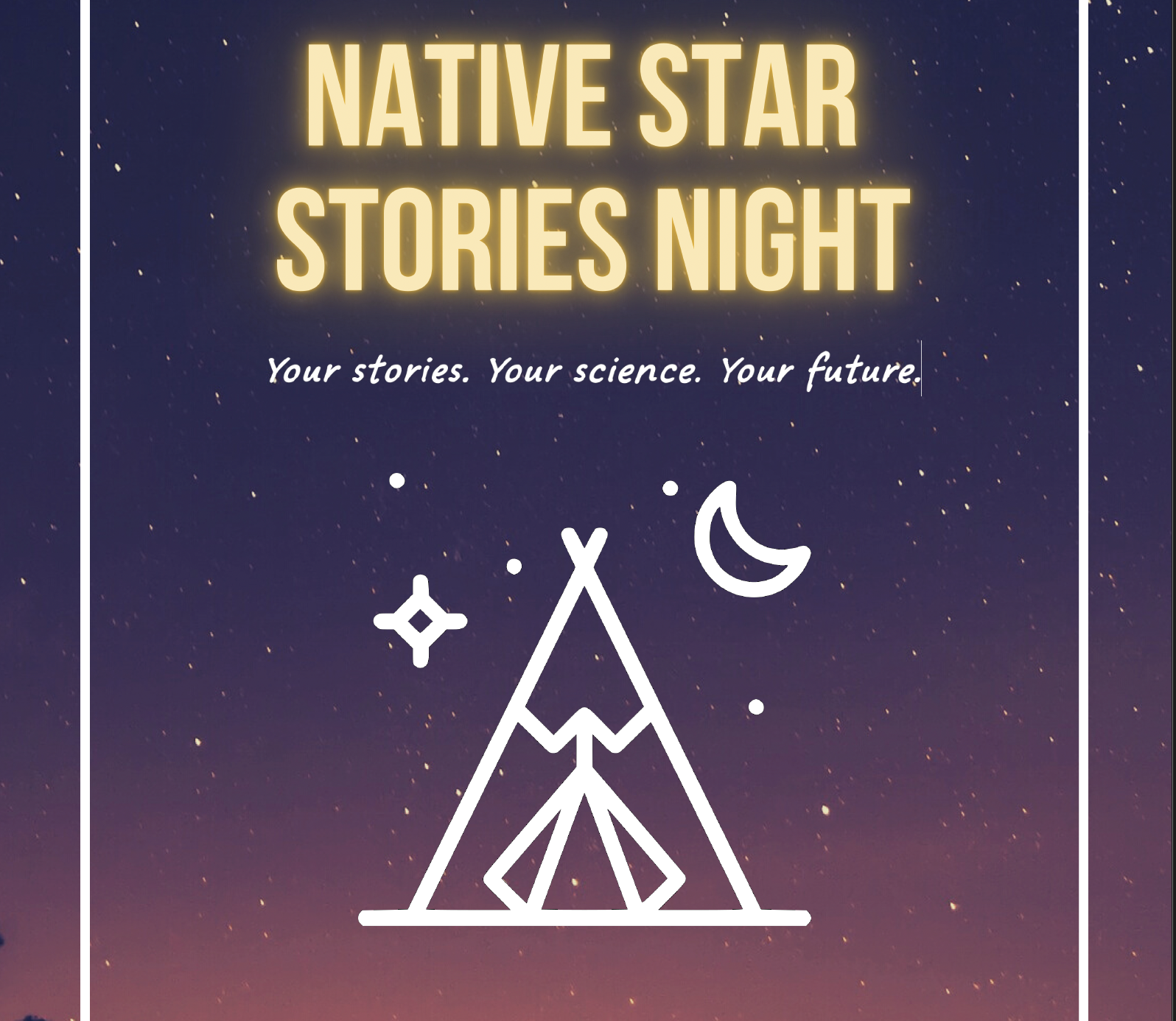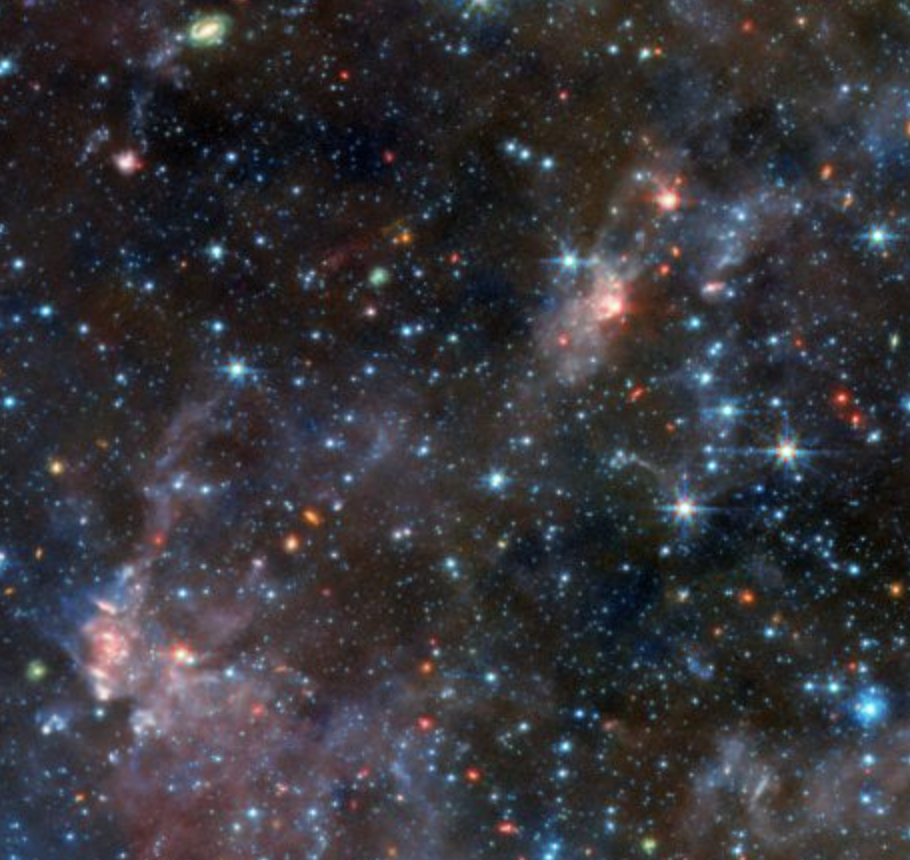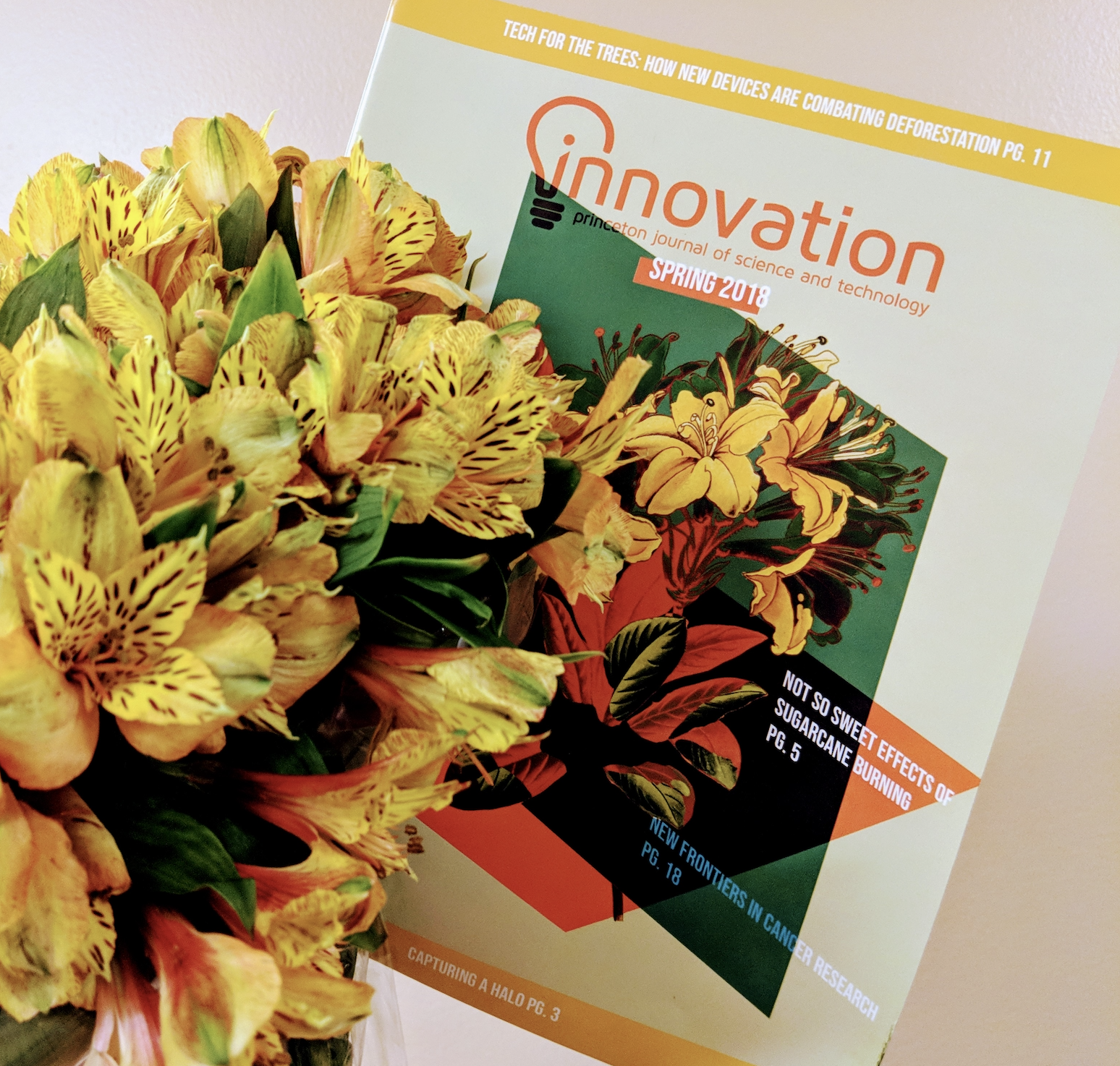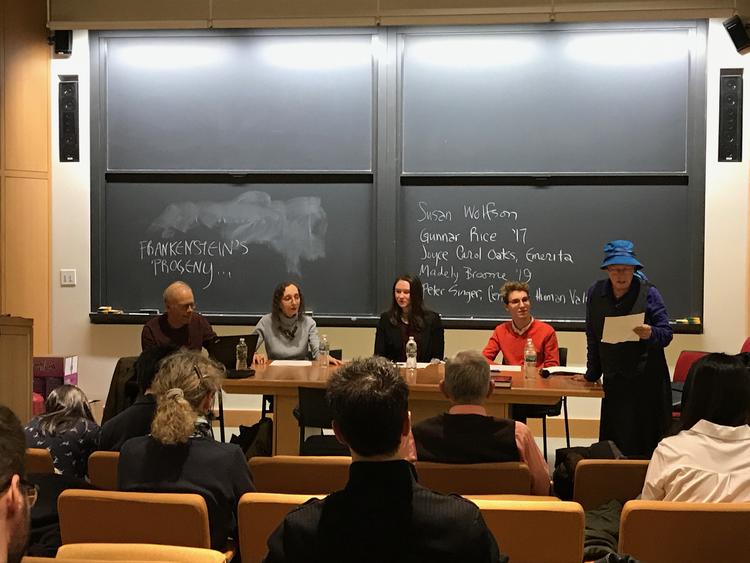
Native Star Stories Night
As a AAS National Osterbrock Fellow, I have created and run an annual free event for indigenous pre-college students at UCO Lick Observatory.
Learn More.
News Coverage
PhD Candidate in Astrophysics
UC Santa Cruz

I am an exoplanet theorist working with Ruth Murray-Clay at UC Santa Cruz. I currently work on developing Wind-AE (\windy\), a fast, 1D forward model photoevaporative atmospheric escape. My other research interests include rocky planets and astrobiology. I've been fortunate to be a part of a few fellowship programs including Cota-Robles, ARCS, AAS National Osterbrock Leadership Program, and ExoExplorers.
I grew up in Tucson and earned my bachelor's at Princeton and my master's at Cambridge, playing competitive sports and adventuring in all three places.
Pedagogy, curriculum developement, outreach, and science writing are my other passions, so check out those sections of my website for resources.
View CVThroughout their lives, short-period exoplanets are strongly irradiated by their host stars. In the first few hundred million years of life, though, atomic species in a planet’s atmosphere are photoionized by the young hot stars' strong X-ray and extreme UV fluxes. This ionizing radiation from the star heats the planets’ atmospheres to up to 10,000 K and causes the gas to expand, accelerate from sub- to supersonic speeds, and outflow from the planet – essentially photoevaporating part or all of the planet’s atmosphere.
Understanding the atmospheric mass loss histories of these planets is essential to understanding evolution of exoplanets close to their stars. However, mass loss rates are not directly observable. They can only be inferred from models.
To that end, I have been developing Wind-AE, a fast new 1D forward model capable of computing mass loss rates and outflow structures with multifrequency (thru to X-ray) and metal capabilities. Wind-AE stands for ``wind atmospheric escape" and is a hydrodynamic, non-time-evolving photoevaporation relaxation code based on Murray-Clay et al. (2009).
I have previously worked on modeling protoplanetary disk heating in the presence of gaps, building an optics planetary spectrum visible color demo, predicting wide binary star mechanics as a proxy for Milky Way dark matter distribution, identifying radio quiet AGN SDSS 1356+1026's gas distribution, projecting TESS's tolerance to observing WASP-12b's orbital decay, detecting high redshift water masers in VLA data, and coding telescope-independent differential chromatic refraction corrections.
I have been (perhaps too) heavily involved in outreach since high school. Here are a few events that I have designed and in which I have participated.

As a AAS National Osterbrock Fellow, I have created and run an annual free event for indigenous pre-college students at UCO Lick Observatory.
Learn More.
News Coverage
I have a long-running passion for making science accesible to the general public through science journalism and thoroughly inaccessible to the general public through esoteric literary essays. My undergraduate institution did not have an English minor, so I simply pretended there was one!

I co-run the UC Ask an Astronomer program where we answer daily emails from the public.

An exploration of astrobiology and ethics with Melody Jue and Zac Zimmer, published in the UC Humanities Research Institue's Foundry journal with the UCSC Astrobiology Initiative.

As a writer and editor-in-chief for the now-defunct Princeton Innovation science journal, I produced a number of articles, including a peice called "Where's the Water?" which won the Pope Prize for Science Journalism. See archived versions of other articles here.

Designing curricula and active learning activites are among my favorite parts of teaching. Here are a few resources that I have developed over the past couple of years. Please credit "Madelyn Broome".